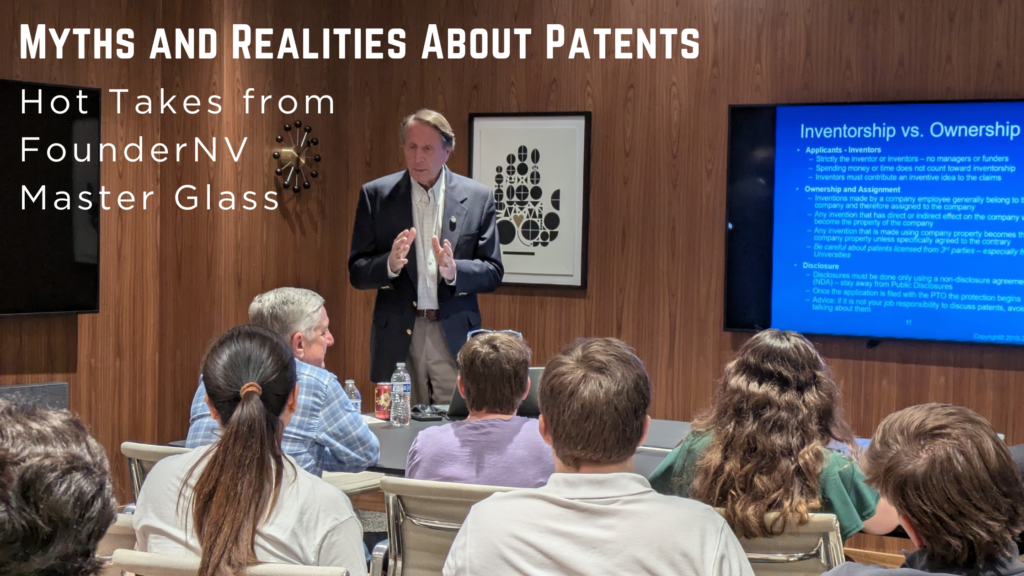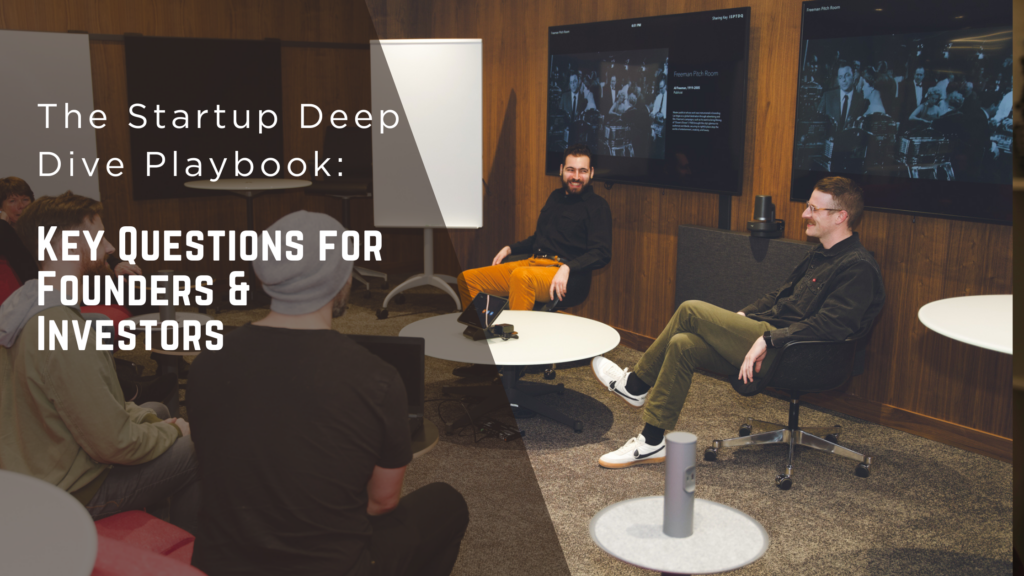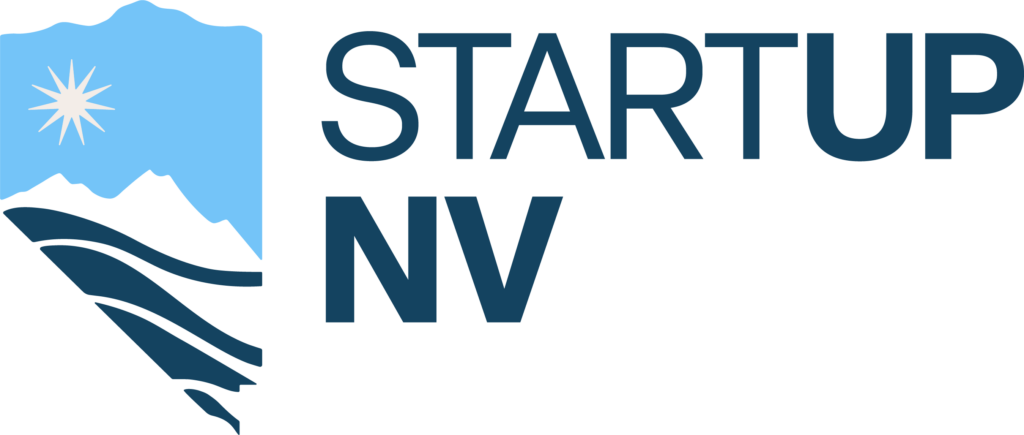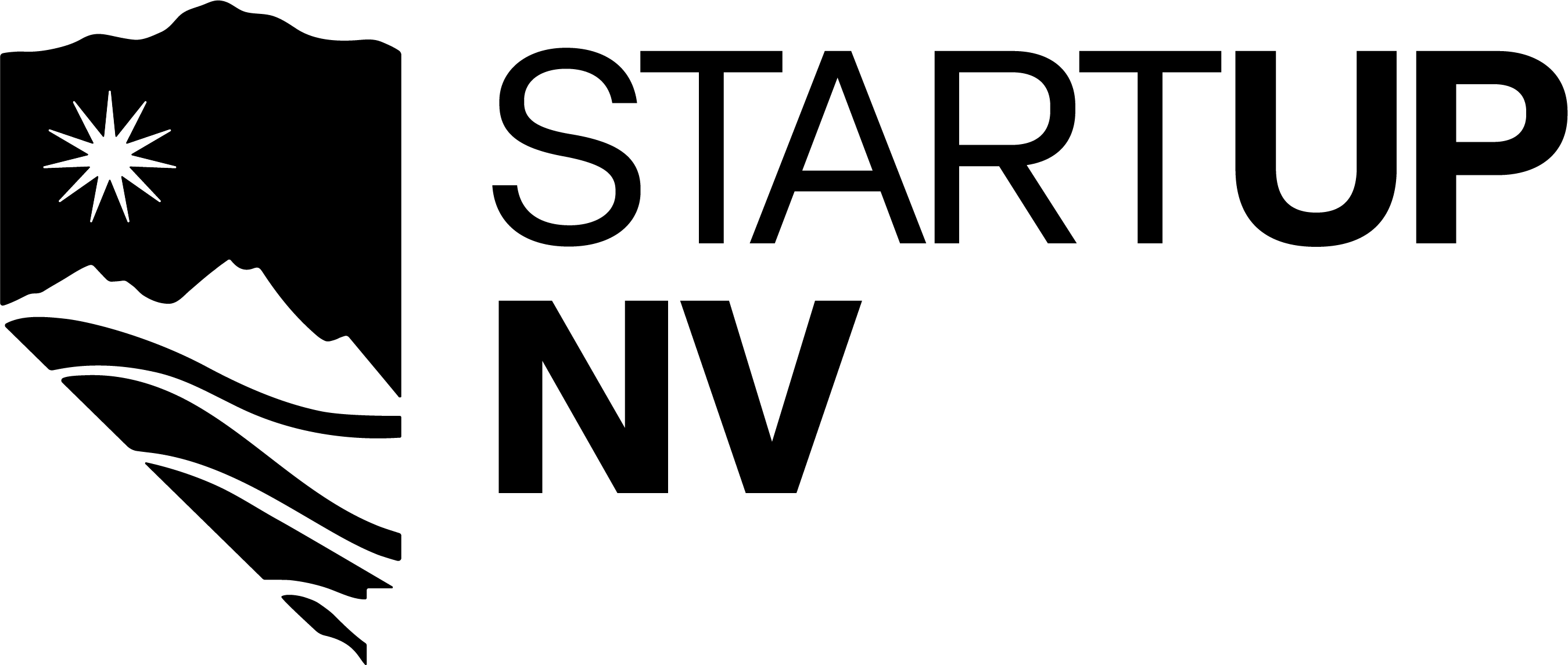Sith Happens. Keep Pitching.

In the startup galaxy, not every pitch battle ends in a win — but that’s no reason to hang up your lightsaber.
Rejections. Setbacks. Awkward silences after your deck. We’ve all been there. “Sith happens” — and it’s part of the founder’s path toward mastery. The Jedi don’t become Jedi because things are easy. They become Jedi because they keep showing up, even when everything feels like it’s heading for the Dark Side.
In this post, we’ll explore how persistence is the ultimate startup superpower — and why every “no” brings you closer to the investors who believe in your Force.
(Bonus: yes, we’re sprinkling in Star Wars wisdom. You’re welcome.)
The Real Enemy Isn’t Rejection — It’s Giving Up
Building a successful startup isn’t about dodging failure. It’s about committing to the journey when things get hard. For Nevada founders and early-stage builders everywhere, the road to success is rarely a straight shot through hyperspace — it’s more like a dozen detours, a few ship malfunctions, and the occasional run-in with a bounty hunter.
Deals fall through. Product launches stall. Co-founders disagree. Fundraising dries up. And still — the ones who succeed are the ones who persist.
“Startups rarely die in mid-keystroke. They die when the founders give up.” – Paul Graham, Co-founder, Y Combinator
Just like in the saga, the most powerful founders aren’t the ones with perfect resumes. They’re the ones who adapt, stay focused, and keep pitching.
Melanie Perkins, founder of Canva, and one of the youngest self-made billionaires in the world, received over 100 rejections before securing funding for Canva in the early days.
“The best founders are relentless. Not in an annoying way, but in the sense that they never give up.” – Sam Altman, CEO OpenAI
“When we raised our fund, we probably got over 500 no’s. It’s just like startups. It’s a numbers game. You don’t need everyone to say yes — just a few.” – Elizabeth Yin, GP at Hustle Fund
Trust in the Force (of Momentum)
Every “no” is a plot twist — not a finale.
Momentum is what separates the dreamers from the builders. And in startup fundraising, momentum often comes from one thing: volume. The more pitches you give, the more you build that pitch muscle, and the more chances you create. Especially in early-stage investing, success follows the Power Law — a small number of deals drive most of the returns. For founders, that means a handful of investor conversations might unlock the capital you need to scale.
“We got rejected by everyone. Distributors and investors. For every dollar we raised I had to get 10 rejections.” — Seth Goldman, Co-founder of Honest Tea (acquired by Coca-Cola)
“I had to knock on a lot of doors. 242 investors said no.” — Howard Schultz of Starbucks, in Pour Your Heart Into It (book)
Founders don’t win because of one perfect pitch. They win because they keep showing up. Most early-stage founders pitch 40+ investors before getting a “yes” (DocSend x Harvard, 2021).
It’s not personal. It’s math. And the odds improve the longer you stay in the fight.

Build Your Rebel Alliance
Even Luke needed a crew.
You don’t have to battle the dark forces of startup life alone. Surround yourself with mentors, advisors, investors, and other founders who believe in your mission — and aren’t afraid to challenge you along the way.
Mentored businesses see an average 83% growth in annual revenue, and 70% of mentored startups survive their first five years in business, according to this U.S. study
That’s exactly why StartupNV exists — to surround founders with allies, not gatekeepers. We’re building an ecosystem that turns rejection into redirection and failure into fuel. Whether it’s your first pitch or your fiftieth, having the right allies makes the mission possible.
“If you’re not learning from someone smarter than you, you’re not growing fast enough.” — probably Yoda (or a decent angel investor)
Not learning you are, growing you are not.
Use the Force (a.k.a. Data)
Sure, Luke ditched the targeting computer — but only after he learned how it worked.
In startups, the “Force” is feedback. Founders who listen to tough questions, track their KPIs, and use data to iterate are the ones who level up. There are a lot of resources available on how to identify key metrics in a pitch – such as market size, magnitude of the problem you are solving, pricing model, and valuation. Yet, these are areas that lack in most of the pitches I see. Do you have traction? Revenue? Customers? Those numbers are your most convincing tools in the pitch — use them like a lightsaber: with clarity and purpose. You can show us all the features and buttons of your droid later, not during your pitch. Focus on what matters for investors considering an ROI.
If you are pre-revenue, what customer discovery did you do before and while building? My friend Harold Hughes, founder of BandWagon, would bring physical stacks of customer discovery surveys in his trunk to show investors that they did the work to find out what their customers wanted and what they would pay. That visual proof demonstrates research, intention, and commitment.
“When founders use metrics to tell their story, it changes the conversation from belief to evidence.” – Tomasz Tunguz (VC, Redpoint Ventures)
Every pitch that doesn’t land is actually market research. Every investor who passes gives you a chance to sharpen your story. Every moment you spend refining your deck is a step closer to the one that hits.
Most investors will not provide feedback and insights on why they passed … unless you ask for it. Ask if they’d be willing to provide a few reasons via email or spend 10 on the phone with you providing the reasons they passed and offering advice on opportunities for improvement. Some will, and some won’t. Sometimes, it’s just not the right fit. Sometimes, the investors pass on companies who could have made great returns for them. Sometimes, they pass for the same reasons that the previous ten investors did. Collect feedback and use your discretion on what to apply.
Identify investors whose thesis you are within and who could be valuable strategic partners if they did invest.
It’s not magic. It’s discipline. Keep pitching.
Nevada: A New Hope
From Las Vegas to Reno to our growing rural startup communities, Nevada’s innovation ecosystem is scaling fast. With new incubators, accelerators, pitch events, and early-stage funds, founders have more opportunities than ever to connect, build, and grow.
This frontier is still forming — and that’s what makes it powerful. Yes, there’s not yet a surplus of local capital. But even in the most promising ecosystems, rejection is part of the process. That’s not a flaw — that’s the game.
In the post-COVID era, geography matters less. More investors are writing checks outside traditional hubs like Silicon Valley — and that opens the door for founders in emerging markets like Nevada. One advantage of building in a nascent-but-rising startup scene? You stand out from the noise. Build relationships early and maintain them … a “no” now might just mean “not yet”.
Do your research. Use data. Get feedback. Then pitch again. The founders who win are the ones who stick with it. Who refine the message, improve the product, and pitch again. And again. And again.

Final Transmission
Whether you’re raising your first round or rebuilding after a crash landing, remember this:
Sith happens.
Keep pitching.
Keep learning.
Keep going.
Your next breakthrough — your champion investor, your breakout user, your market moment — might be just one “no” away.
May the funding (and the Force) be with you.

By Madeline Feldman
* This is a fan-made blog and is in no way affiliated with, sponsored by, or approved by Lucasfilm, Disney, or the Galactic Empire. Some images were generated with AI or borrowed from the meme galaxy far, far away. I don’t own the rights to Star Wars—please don’t send bounty hunters.
Sith Happens. Keep Pitching. Read More »
